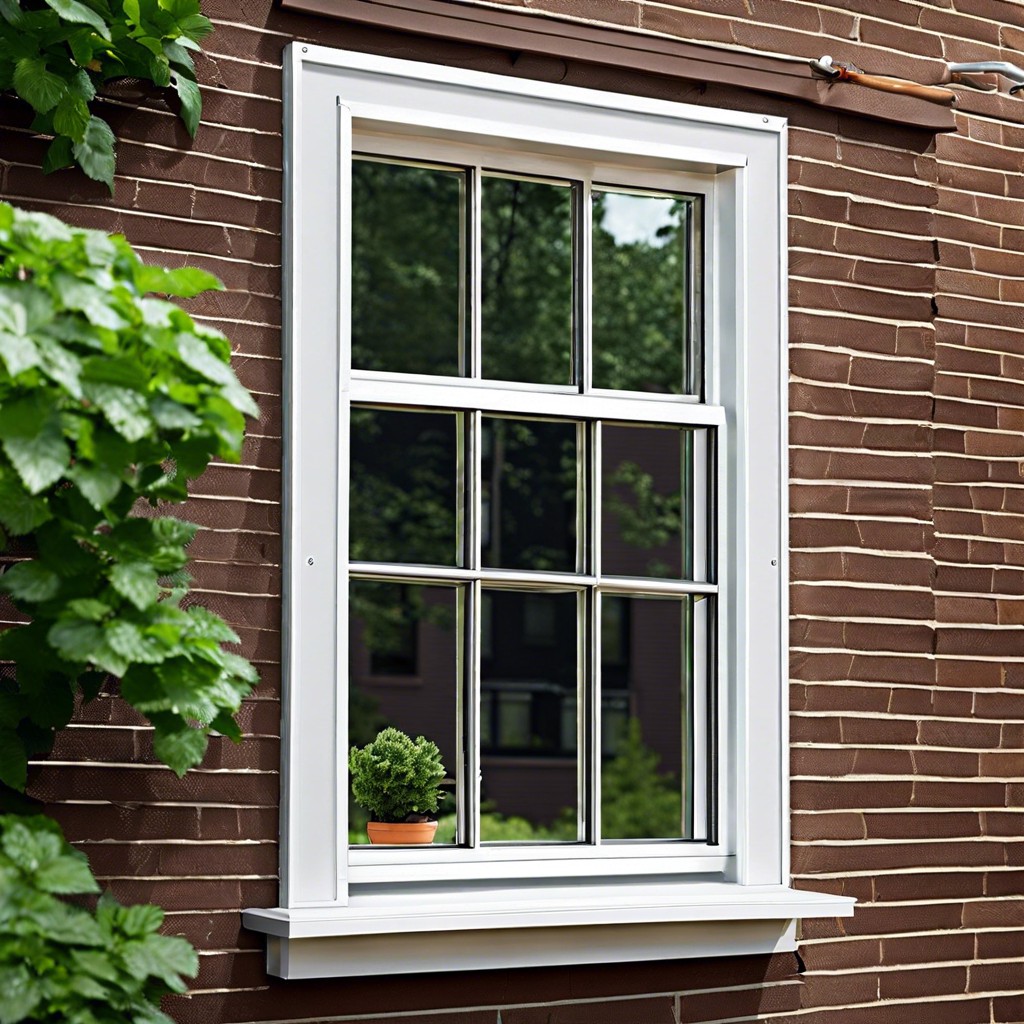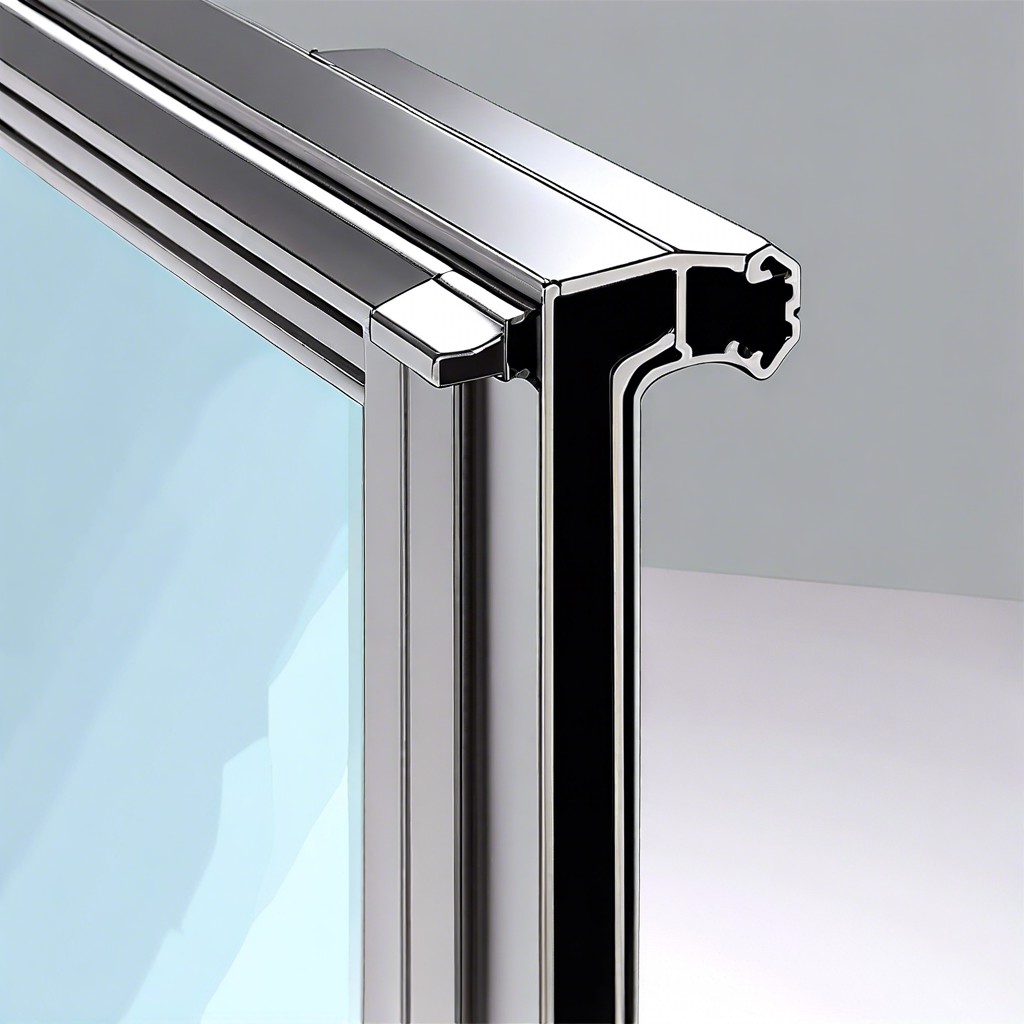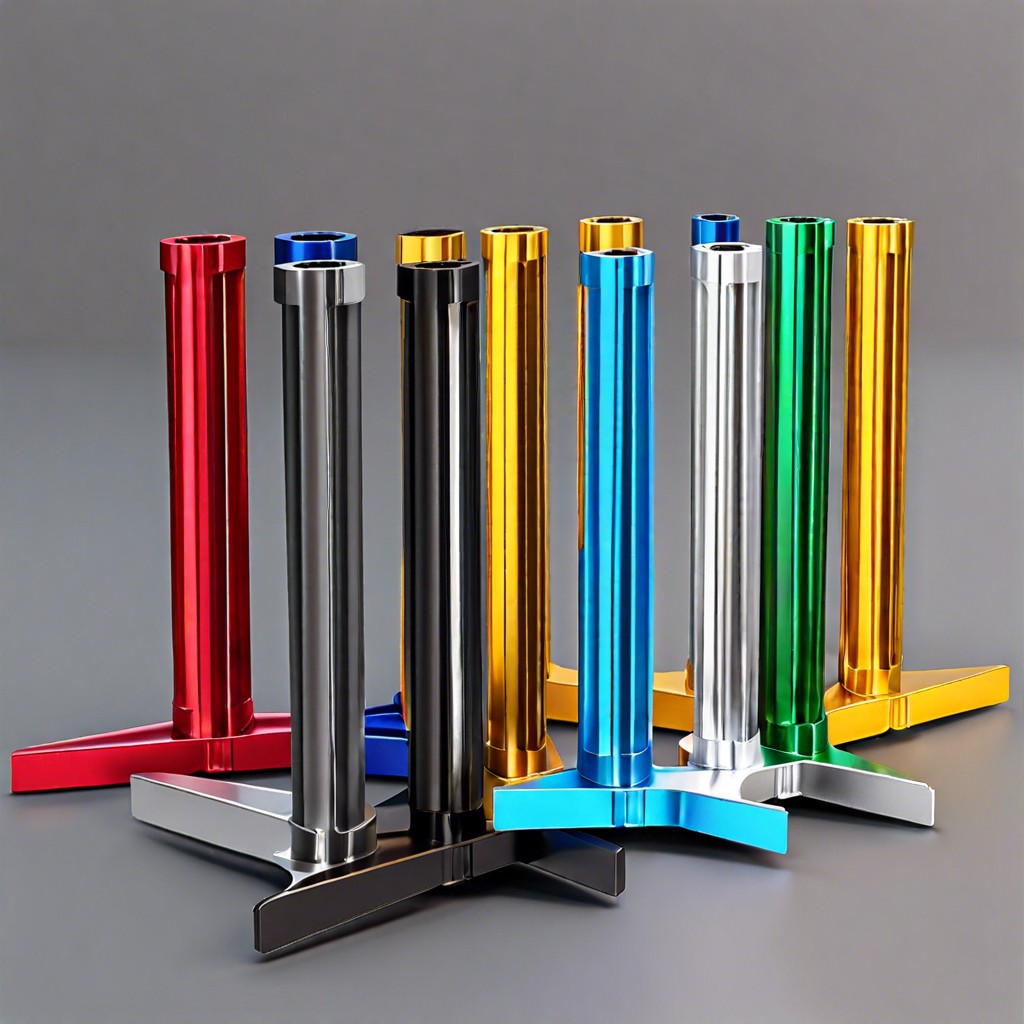Discover the cost of a window regulator and how it varies, as we delve into the factors affecting its price in today’s market.
Have you ever had a problem with your car window not rolling up or down properly? One of the most common culprits is a faulty window regulator. But how much does it cost to replace one? As an expert in the window industry, I’m here to give you all the information you need on this topic.
In this blog post, we’ll discuss the average cost of a window regulator replacement, factors that can affect the price, and some tips on how to save money on this repair. So if you’re curious about how much it costs to fix your car’s window regulator, keep reading!
Key takeaways:
- Window regulators control the up and down movement of car windows.
- There are two main types: manual and electric.
- Factors affecting the price include vehicle type, OEM vs. aftermarket parts, complexity of installation, and labor costs.
- The average cost for a window regulator replacement ranges from to 0, excluding labor costs.
- Proper maintenance and preventative measures can help extend the lifespan of window regulators.
What Is a Window Regulator?
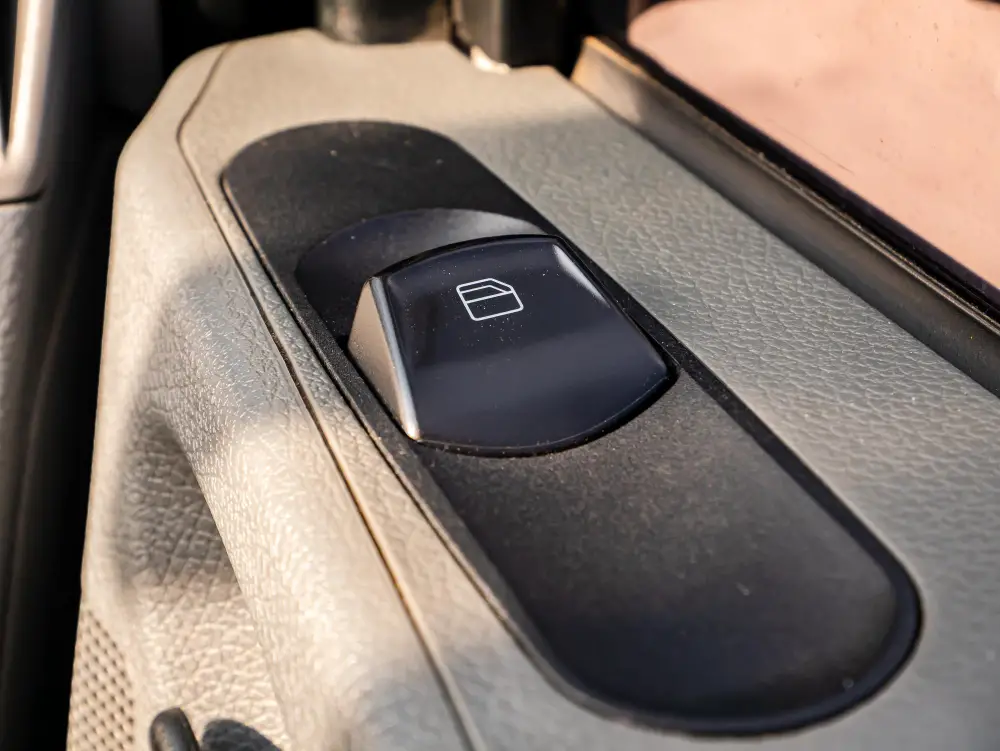
A window regulator is a mechanical device that controls the up and down movement of your car’s windows. It consists of several components, including a motor, cables or gears, and an armature.
The regulator is responsible for moving the window glass smoothly along its track when you press the button to roll it up or down.
There are two main types of window regulators: manual and electric. Manual regulators use a hand crank to move the glass up and down while electric ones rely on an electrical motor to do so automatically with just one touch.
Window regulators can be found in all kinds of vehicles from cars to trucks, SUVs, vans as well as heavy-duty equipment like tractors or bulldozers. They play an essential role in ensuring that your vehicle’s windows operate correctly for safety reasons such as visibility while driving on roads.
Types of Window Regulators
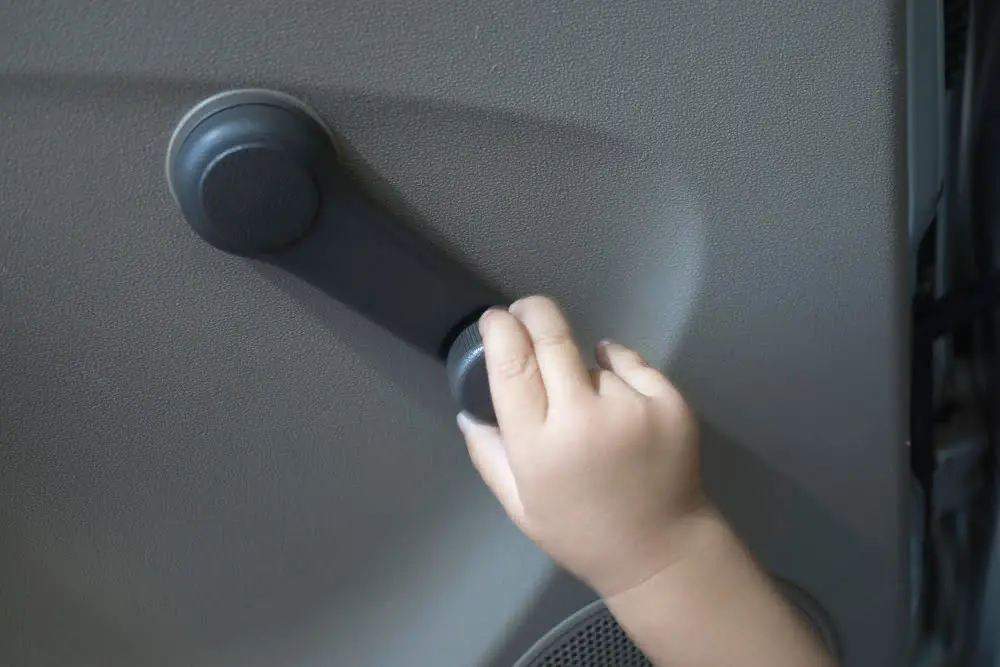
Manual window regulators use a hand crank to move the window up or down, while electric ones rely on an electric motor to do the job.
Manual regulators are typically found in older cars and require more effort from the driver to operate them. They consist of a simple mechanism that uses gears, cables, or levers to move the glass up and down.
Electric window regulators have become increasingly popular over time due to their convenience and ease of use. They come with switches located on each door panel that allow passengers in each seat position control over their respective windows.
When it comes time for replacement, both manual and electric options can be found as either OEM (original equipment manufacturer) parts or aftermarket replacements made by third-party manufacturers.
Manual Vs. Electric Regulators
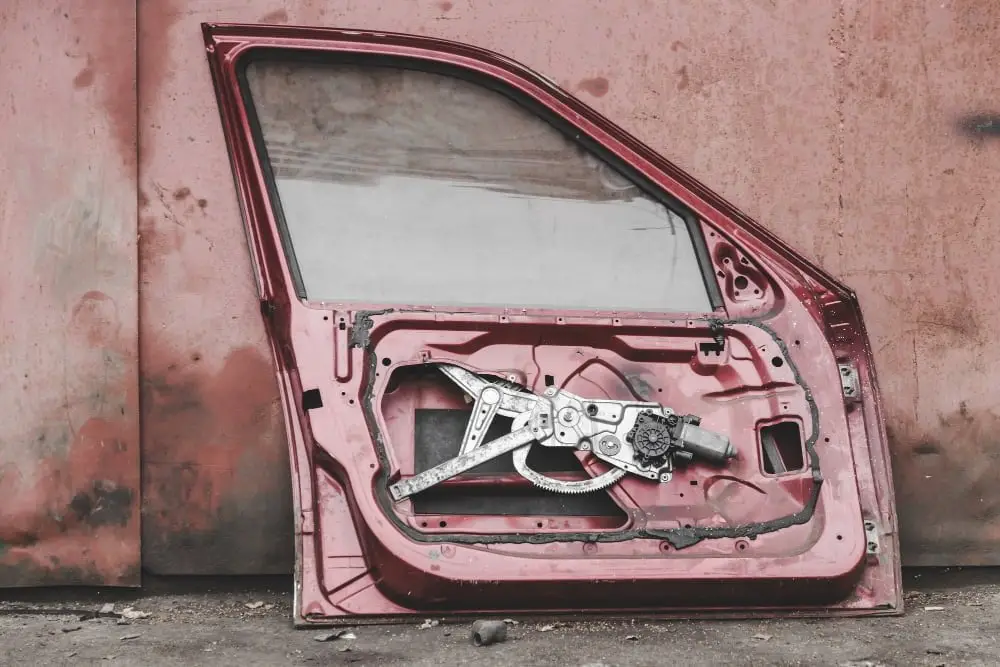
Manual regulators require the use of a hand crank to roll the window up or down, while electric regulators use an electric motor to do the work for you.
Manual window regulators tend to be less expensive than their electric counterparts since they don’t have any electrical components that can fail over time. They’re also generally easier and cheaper to repair if something does go wrong.
On the other hand, electric window regulators offer more convenience since you can control them with just a push of a button instead of having to manually turn a crank handle every time you want your windows up or down. However, they are more complex than manual ones and may require specialized tools for repairs.
Ultimately, whether you choose manual or electric will depend on your personal preference as well as factors such as cost and ease of maintenance.
Factors Affecting Window Regulator Price
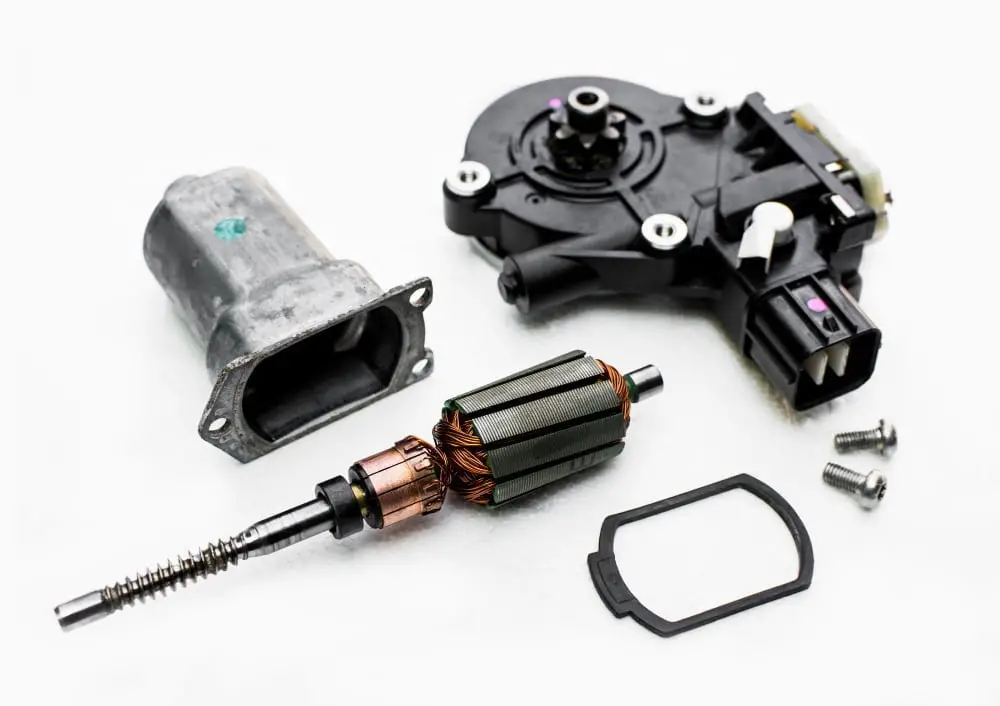
One of the most significant factors is the type of vehicle you own. Luxury cars and high-end models often require more expensive parts, which can drive up the price for repairs.
Another factor that affects window regulator prices is whether you choose to use an OEM (Original Equipment Manufacturer) or aftermarket part. OEM parts are made by the same manufacturer as your car’s original parts, while aftermarket parts are made by third-party manufacturers.
While OEM regulators may be more expensive, they’re generally considered higher quality and come with a warranty from your car’s manufacturer.
The complexity of installation also plays a role in determining costs; some vehicles have easy-to-reach windows that make replacing regulators straightforward while others require removing door panels or other components to access them properly.
Labor costs will vary depending on where you take your vehicle for repair work – dealerships tend to charge more than independent mechanics due to their overhead expenses such as rent and salaries.
Average Cost for Window Regulator Replacement

The type of vehicle you have, the make and model, and whether it’s an electric or manual regulator are all important considerations when determining the price. On average, a new window regulator can cost anywhere from $50 to $300 per unit.
However, this does not include labor costs which can add another $100 to $200.
It’s worth noting that OEM (Original Equipment Manufacturer) parts tend to be more expensive than aftermarket options but may offer better quality and durability in some cases. If your car has power windows rather than manual ones, expect higher prices due to added complexity.
Overall though, it is difficult to give an exact estimate without knowing specific details about your vehicle and its needs. It is always best practice to get multiple quotes from reputable repair shops before making any decisions on where or how much money you will spend on replacing a faulty window regulator.
How to Choose the Right Regulator
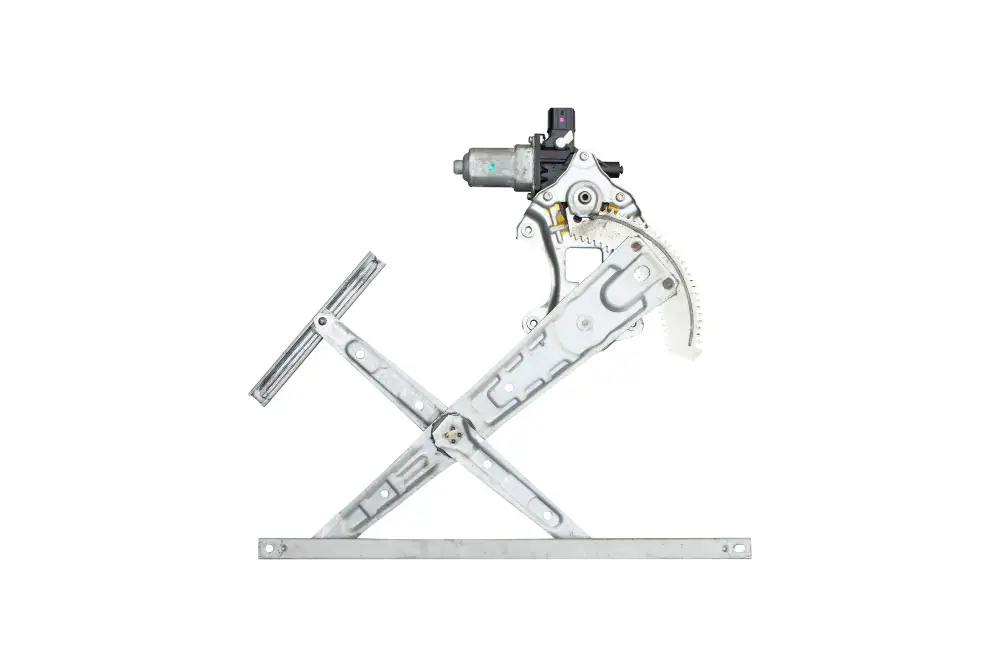
First and foremost, you’ll want to make sure that the regulator is compatible with your vehicle’s make and model. This information can usually be found in your car’s owner manual or by consulting with a professional mechanic.
Another important factor is whether you want an OEM (Original Equipment Manufacturer) or aftermarket part. OEM parts are made by the same manufacturer as your original part and may come at a higher cost but offer better quality assurance than aftermarket parts which may vary in quality depending on their source.
You should also consider whether you prefer manual or electric regulators for power windows. Manual regulators require more effort from the driver but tend to be less expensive while electric ones provide convenience at an added cost.
Lastly, take into account any additional features such as noise reduction technology that could improve driving comfort when selecting a new window regulator for replacement purposes.
Cost of OEM Vs. Aftermarket Regulators
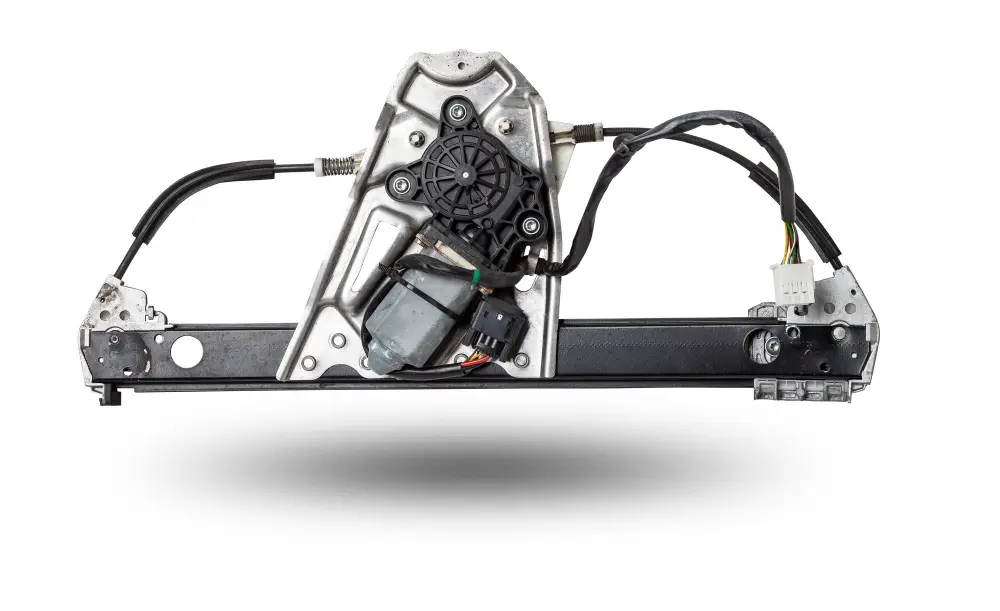
OEM (Original Equipment Manufacturer) parts are made by the same company that produced your car’s original parts. Aftermarket regulators, on the other hand, are manufactured by third-party companies.
OEM regulators tend to be more expensive than their aftermarket counterparts because they’re made with higher-quality materials and designed specifically for your vehicle make and model. They also come with a warranty from the manufacturer.
Aftermarket regulators can be less expensive but may not fit as well or last as long as an OEM part. However, some aftermarket manufacturers produce high-quality products that meet or exceed OEM standards at a lower cost.
Ultimately, choosing between an OEM and an aftermarket regulator depends on your budget and preferences for quality versus price. If you want peace of mind knowing that you’re getting a part specifically designed for your vehicle with guaranteed quality assurance from the manufacturer – then go for an OE replacement window regulator.
Signs of Window Regulator Failure
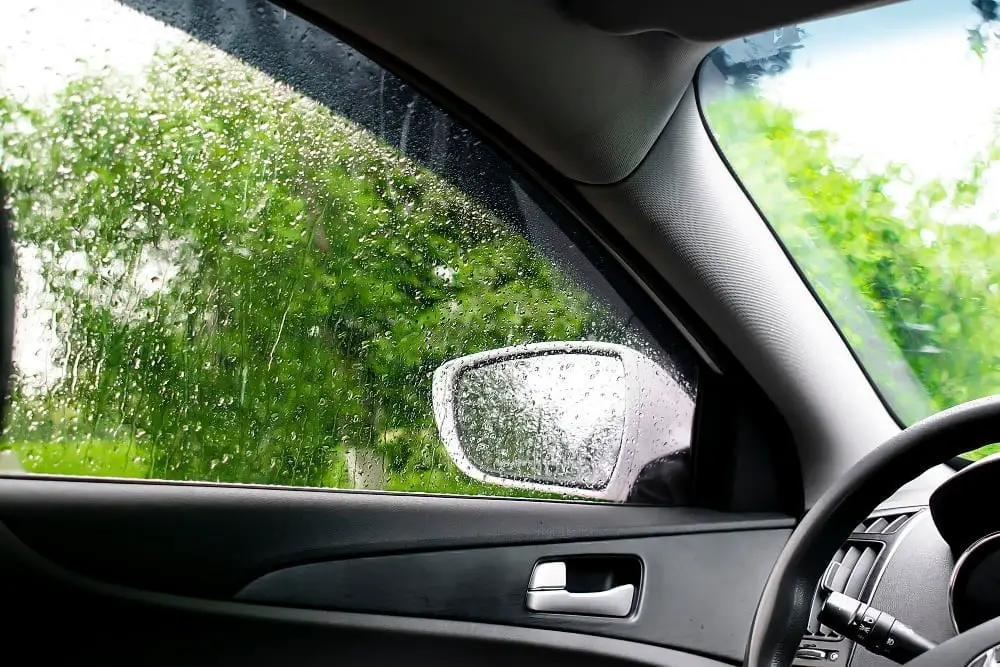
The most obvious sign is if the window won’t roll up or down at all. However, there are other symptoms that could indicate a problem with the regulator.
For example, if you hear strange noises when operating the window (such as grinding or clicking sounds), this could be an indication of worn-out gears in the regulator mechanism. Another common symptom is slow operation – if it takes longer than usual for your windows to go up and down, this may also be due to a faulty regulator.
In some cases, you may notice that one side of your car’s windows operates differently from the other side – this can also point towards an issue with one or both regulators.
It’s important not to ignore these warning signs as they can lead to more serious problems over time and potentially cause safety issues while driving on busy roads.
Window Regulator Vs Window Motor: Key Differences
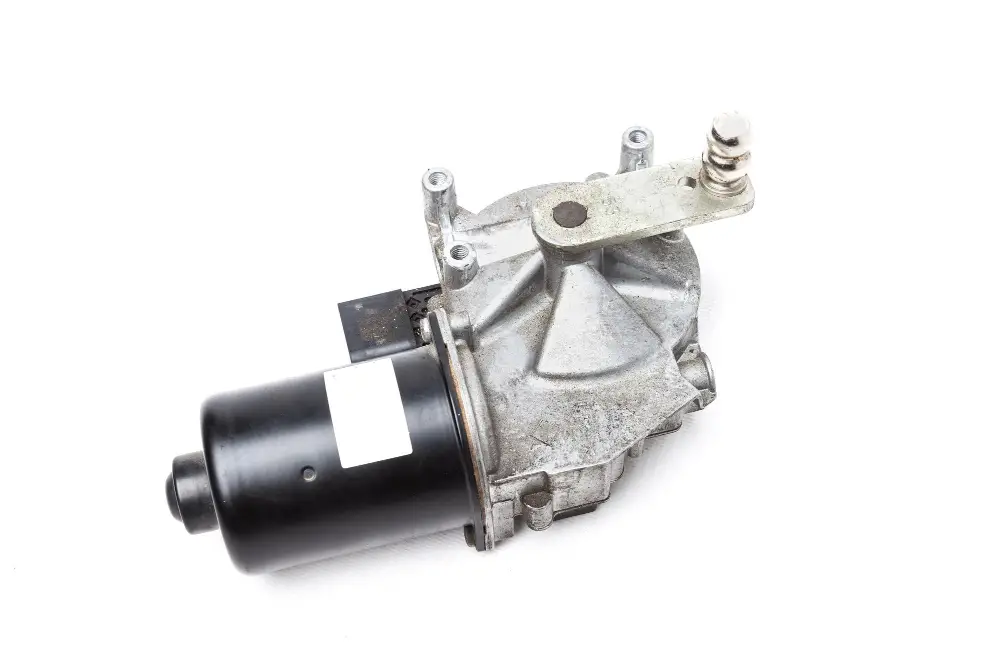
They are two distinct components that work together to make your car’s window go up and down smoothly. The window regulator is responsible for moving the glass up and down along a track while keeping it in place.
On the other hand, the window motor provides power to move this mechanism.
The key difference between these two parts is their function: one moves the glass while holding it in place (regulator), while another provides energy for movement (motor). Understanding this distinction can help you diagnose problems with your car’s windows more accurately.
If you’re experiencing issues with your vehicle’s power windows not working correctly or making strange noises when operating them, there could be an issue with either of these components. It may be necessary to replace both parts if they have worn out or become damaged over time.
Common Issues With Power Windows

Some common issues with power windows include slow or noisy operation, stuck or jammed windows, and faulty switches. These problems can be caused by various factors such as worn-out motors, damaged regulators or wiring issues.
One of the most common causes of power window failure is a broken regulator. The regulator is responsible for moving the window up and down along its track using an electric motor.
Over time, this motor may wear out due to constant use and exposure to elements like dust and moisture.
Another issue that affects power windows is faulty switches which control the movement of the glass pane within its frame. When these switches fail to function correctly due to dirt accumulation or corrosion on their contacts points it leads to intermittent operation.
Window Regulator Replacement Process
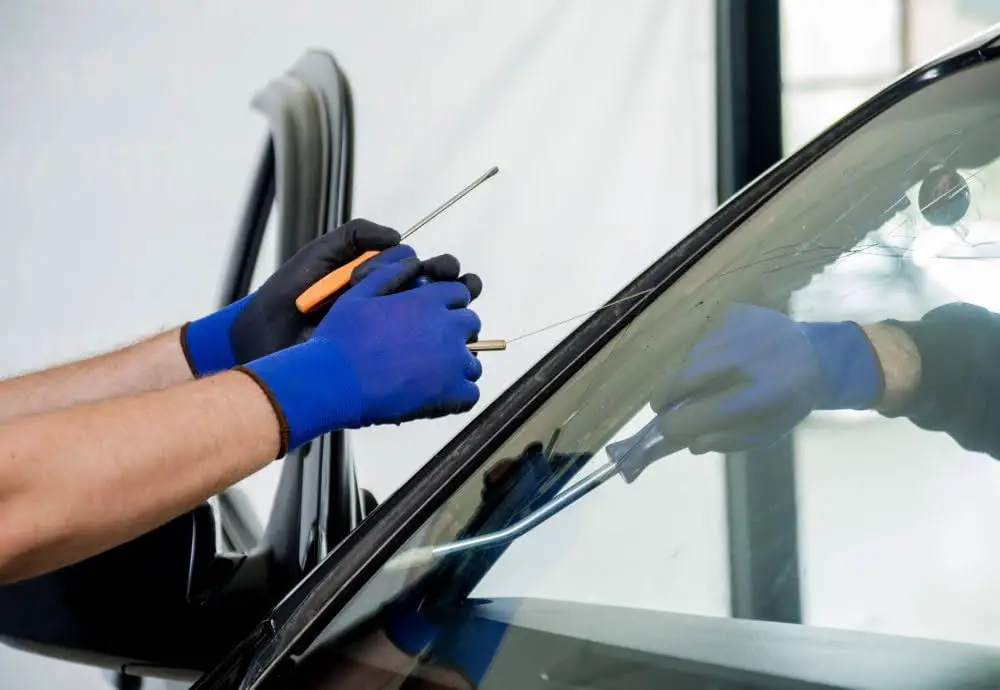
While it’s possible to replace a window regulator yourself, it can be a complicated and time-consuming task. If you’re not confident in your mechanical abilities or don’t have access to the necessary tools, it may be best to leave this job up to a professional.
The first step in replacing a window regulator is removing the door panel. This typically involves removing screws and clips around the edges of the panel and carefully prying off any retaining clips or fasteners holding it in place.
Once you’ve removed the door panel, you’ll need to disconnect any electrical connections for power windows or locks before detaching any bolts securing old parts like motors or regulators themselves from their mounting points inside of doors frames (or tracks).
Afterward, remove all remaining components such as glass panes if they are still attached so that there’s enough room for installation of new parts without damaging anything else during reassembly later on down-the-line when everything has been put back together again correctly according manufacturer specifications!
Step-by-Step Guide to Replacing a Window Regulator
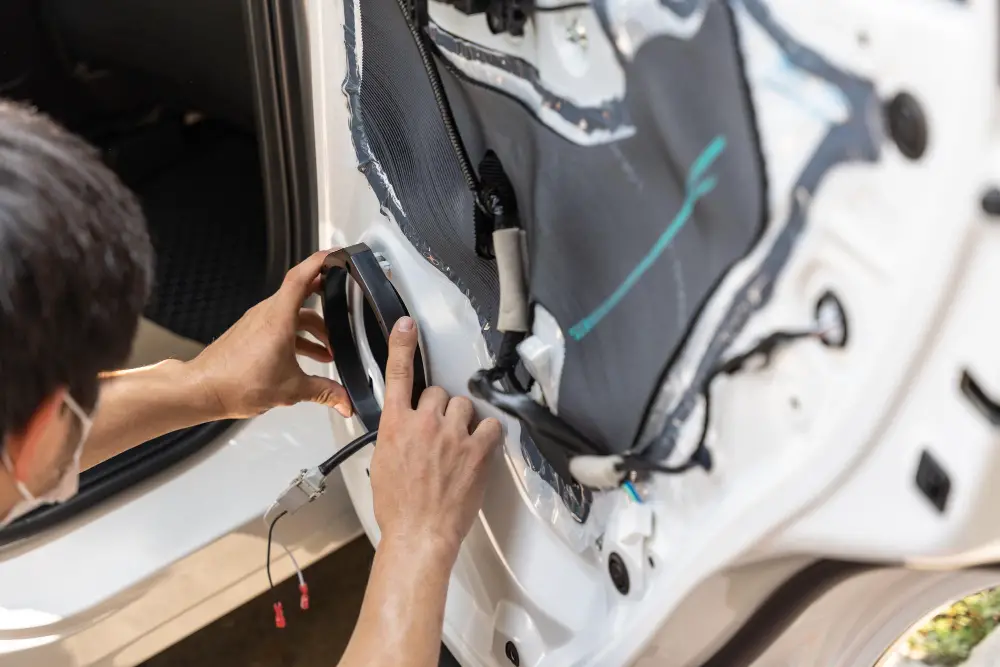
Here is a step-by-step guide on how to replace a window regulator:
1. Remove the door panel: Start by removing any screws or bolts holding the door panel in place and gently pry off any clips or fasteners.
2. Disconnect electrical connections: Carefully disconnect all electrical connections for power windows, locks, and mirrors.
3. Remove old regulator: Locate and remove all bolts that secure the old window regulator assembly onto your car’s frame.
4. Install new regulator: Position your new replacement part into place where you removed the old one from before securing it with bolts again.
5. Reconnect electrical components: Connect back up all of those wires that were disconnected earlier so everything works properly once more!
6. Replace Door Panel – Once everything is connected correctly put back together carefully aligning clips/fasteners/screws etc., making sure not to damage anything during reassembly.
DIY Vs Professional Replacement: Price Comparison
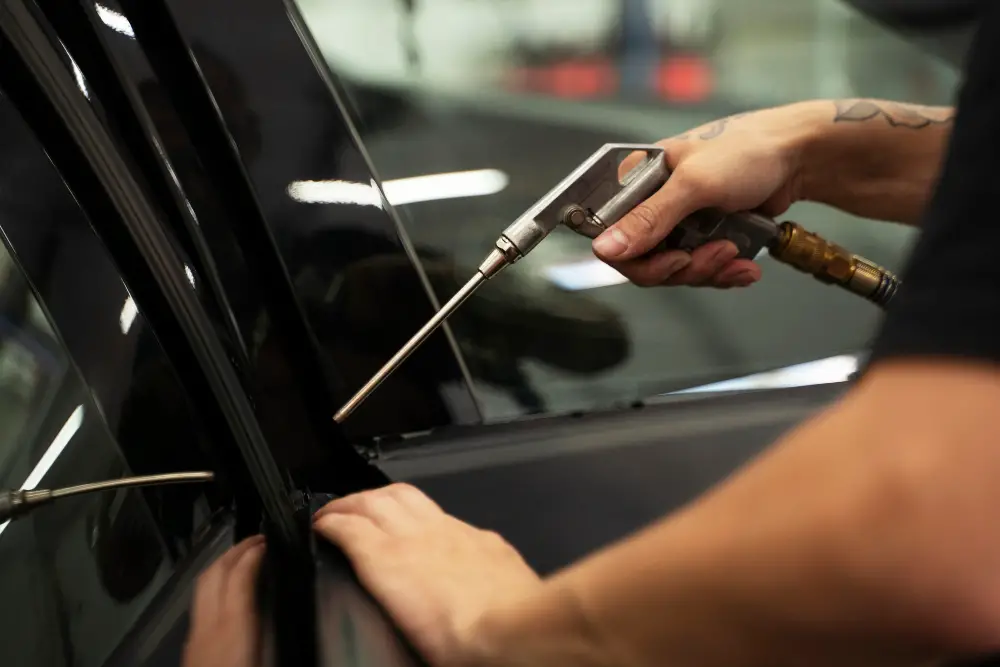
While some people may opt for the DIY route to save money, others prefer to leave it in the hands of professionals. But which option is more cost-effective? Let’s take a closer look.
DIY replacement can be cheaper than hiring a professional since you won’t have to pay for labor costs. However, keep in mind that this repair requires some technical knowledge and experience with car repairs.
If you’re not confident in your abilities or don’t have access to the necessary tools and equipment, attempting this repair on your own could end up costing more if something goes wrong.
On the other hand, hiring a professional ensures that the job is done correctly and efficiently without any risk of damage or mistakes during installation. Many auto shops offer warranties on their workmanship which provides peace of mind knowing that if anything goes wrong after installation they will fix it at no extra charge.
Labor Cost for Window Regulator Repair

Some auto shops charge a flat rate for this type of repair, while others may charge an hourly rate. The average labor cost for window regulator replacement is around $100-$200 per hour.
It’s important to note that the total cost will depend on how long it takes to complete the job and whether any additional repairs are needed. For example, if your car has power windows and there is an issue with the motor as well as the regulator, then you can expect higher costs.
If you’re looking to save money on labor costs for window regulator repair or replacement, consider doing some research beforehand. Look up reviews online or ask friends and family members who have had similar work done in their cars before.
Some auto shops offer discounts or promotions from time-to-time which could help reduce overall expenses associated with repairing your car’s windows.
Warranty Options and Considerations

Most reputable auto parts stores and repair shops offer warranties on their products and services. This means that if the new window regulator fails within a certain period of time, you can have it replaced or repaired for free.
It’s essential to read the terms of any warranty carefully before making your purchase. Some warranties may only cover defects in materials or workmanship, while others may also include coverage for wear-and-tear damage caused by normal use.
Another consideration is whether you want an OEM (original equipment manufacturer) part or an aftermarket part with its own warranty. While OEM parts tend to be more expensive than aftermarket ones, they often come with longer warranties from the car manufacturer themselves.
Proper Maintenance of Window Regulators
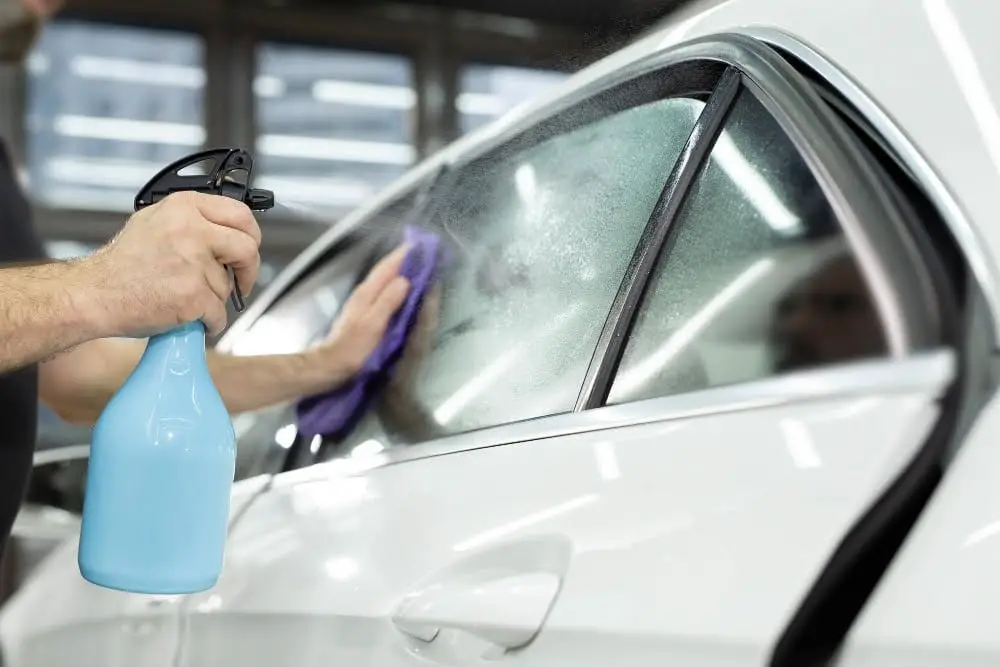
One way to maintain your window regulator is by keeping it clean and free from debris. Dirt, dust, and other particles can accumulate in the tracks where the regulator moves up and down, causing it to wear out faster than usual.
Another important aspect of maintaining your window regulator is lubrication. Lubricating the moving parts of your car’s windows will help reduce friction between them, preventing premature wear or damage.
It’s also crucial not to force a stuck or jammed window when trying to roll it up or down as this can cause significant damage that may require expensive repairs.
Lastly, regular inspections are necessary for detecting any issues with your car’s windows before they become major problems that could cost you more money in repair bills.
Preventative Maintenance for Window Regulators
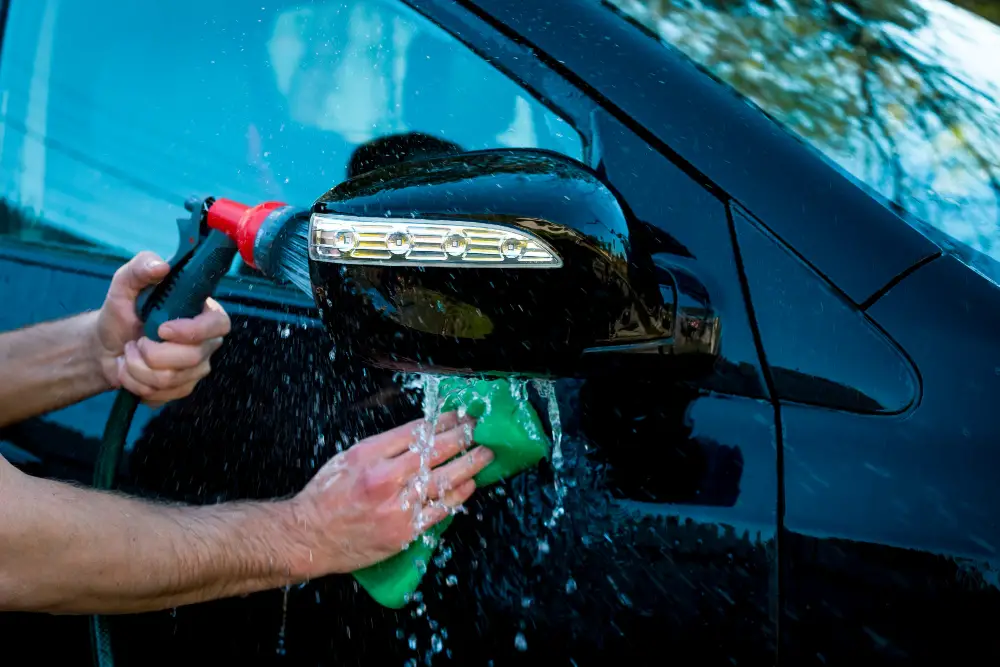
Regularly cleaning and lubricating the tracks and rollers can help prevent wear and tear, which can lead to costly repairs down the line. It’s also important to avoid slamming your car doors or windows shut, as this can put unnecessary strain on the regulator mechanism.
Another way to prevent damage is by avoiding extreme temperatures that could cause expansion or contraction of parts in your vehicle. Parking in a garage or shaded area during hot summer months will help keep interior components from overheating, while using a windshield cover during winter months will protect against freezing temperatures.
By taking these simple steps towards preventative maintenance for your window regulators, you’ll be able to extend their lifespan significantly while saving money on future repairs.
How to Save Money On Window Regulator Replacement

One option is to purchase an aftermarket regulator instead of an OEM one. Aftermarket regulators are often less expensive than their OEM counterparts but may not be as high quality.
Another way to save money is by doing the repair yourself if you have the necessary skills and tools. However, keep in mind that this can be a complicated process and may require special equipment or knowledge.
You could also shop around for quotes from different auto shops before committing to one for your repair needs. This will allow you to compare prices and find the best deal possible.
Consider preventative maintenance measures such as cleaning your windows regularly or lubricating moving parts of your car’s power windows system periodically. These simple steps can help prevent future issues with your window regulators which could ultimately save you money in repairs down the line.
Tips for Saving Money On Window Regulator Repairs
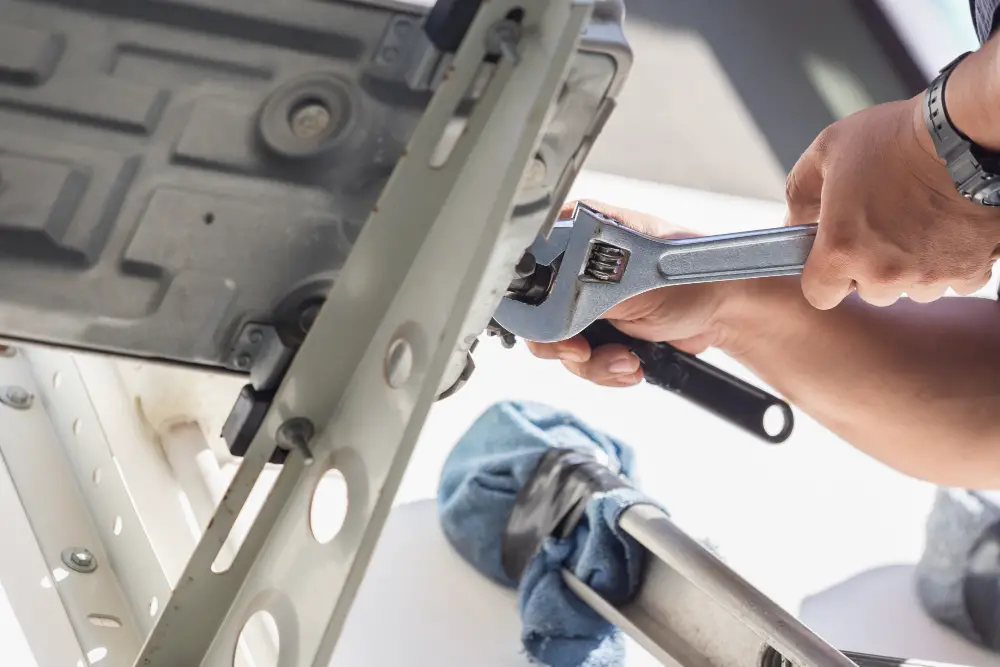
First and foremost, consider purchasing an aftermarket regulator instead of an OEM one. Aftermarket regulators are often less expensive than their OEM counterparts but still offer good quality and durability.
Another way to save money is by doing the repair yourself if you have the necessary skills and tools. However, keep in mind that this may not be feasible for everyone as it requires some technical knowledge.
You can also shop around for quotes from different auto shops or mechanics before settling on one. This will help ensure that you get a fair price for the repair work.
Make sure to properly maintain your window regulators by keeping them clean and lubricated regularly. This will help prevent premature wear and tear which could lead to costly repairs down the line.
FAQ
Can I replace a window regulator myself?
Yes, you can replace a window regulator yourself in about four hours using regulators available online or at auto parts stores.
What is the labor cost to replace a window regulator?
The labor cost to replace a window regulator is estimated between $92 and $116.
What happens when window regulator goes bad?
When a window regulator goes bad, abnormal noises may occur, the window may not move up or down fully, and it could potentially freeze in a closed position due to worn out cable guides or a frayed window regulator cable.
What are the common symptoms of a faulty window regulator?
Common symptoms of a faulty window regulator include slow or no movement, crooked movement, and strange noises while trying to open or close the window.
How long does it typically take to replace a window regulator?
Typically, it takes about 1 to 3 hours to replace a window regulator.
Are there any specific tools required for window regulator replacement?
Yes, specific tools are required for window regulator replacement, such as a screwdriver, wrench, and pry tools.
Recap

